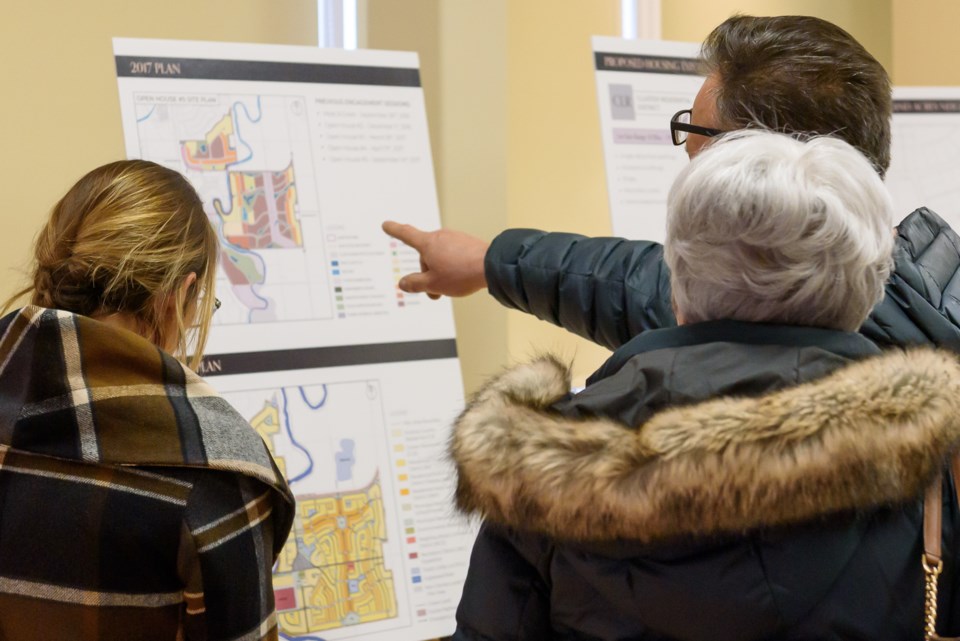It’s too dense for some, but nowhere near dense enough for others, setting the stage for what could be a real rural-urban showdown.
Last week, Foothills County hosted a public hearing for the Highfield & Rowland Acres Area Structure Plan, a swath of land just east of the Aldersyde overpass on Highway 2. Developers are looking to build on both sides of Highway 547, creating about 1,500 housing units with a population approaching 5,000 people at full build-out.
It's no surprise that many neighbours see the proposed development as too big and too dense for their rural sensibilities, and made those objections known to County decision makers during the day-long hearing.
However, the density proposed in both neighbourhoods — at one to 1.5 units per acre — is significantly lower than what’s required by the Calgary Metropolitan Region Board (CMRB), which would force Foothills County to seek an exemption if it wants to move the proposal forward as it now stands.
With scope and density already not sitting well with many nearby residents, the next step in these situations is often a reduction in size of the proposal, but that would only get further away from regional objectives, so that doesn’t look like it would work in this instance.
If nothing else, this proposal is a perfect example of why CMRB guidelines don’t properly reflect the interests of rural communities. The size of that chasm is evident when residents tell County council to reduce the proposal and CMRB policies are calling for much higher density. Those are two very different viewpoints yet there can obviously only be one outcome.
A plan for urban environments that reduces land consumption, infrastructure needs, traffic congestion and more makes sense, but applying all those principles to rural areas doesn’t work as they’re two very different animals.
Let rural politicians determine what’s best for their rural constituents.




